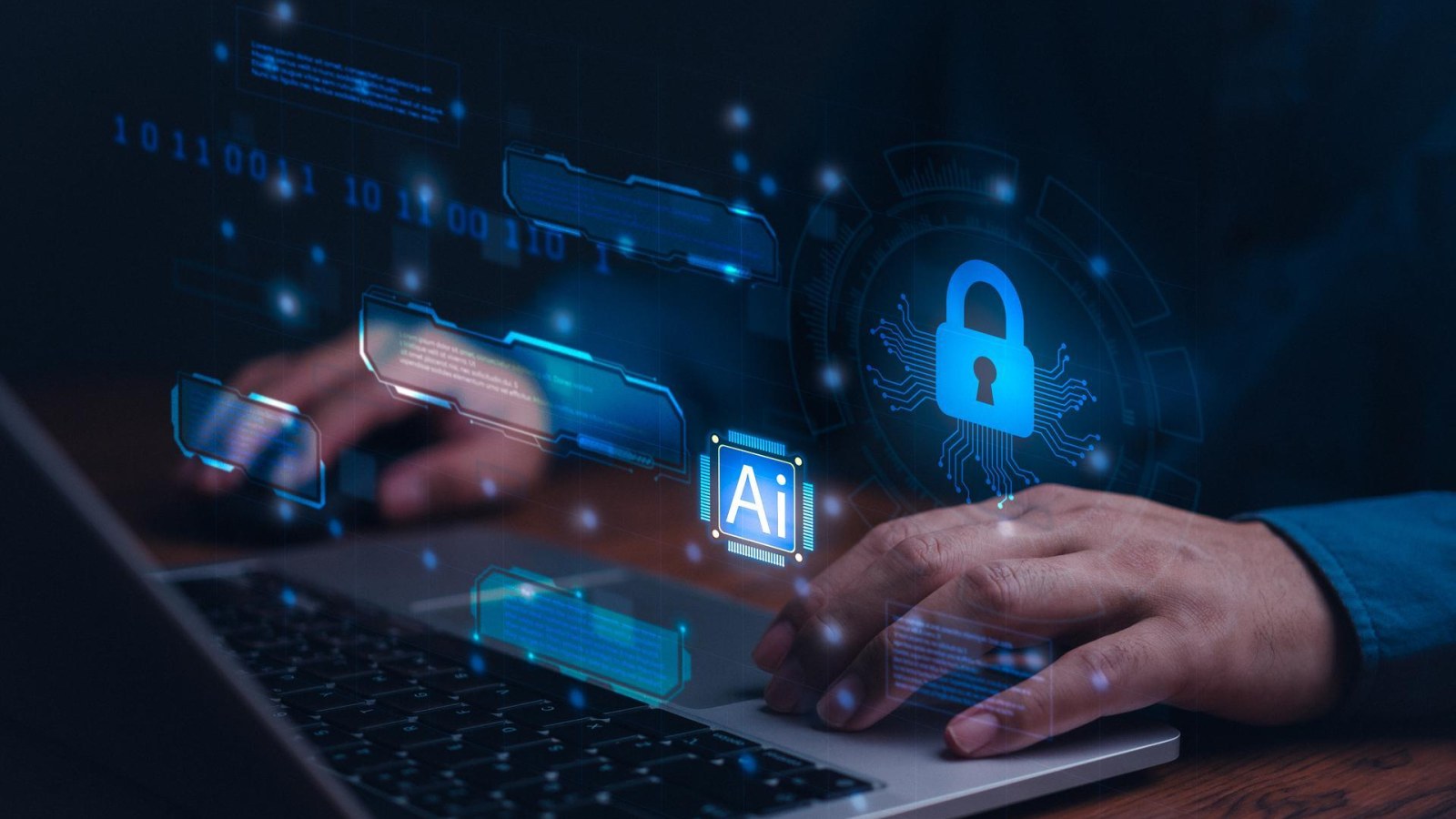While security teams are highly experienced in mitigating insider threats from human actors, a new class of digital insider is emerging: the AI agent. These systems, operating with legitimate access, lack the inherent social and contextual restraints of humans, positioning them to inadvertently create chaos within conventional authorization models.
The significance of this threat is underscored by data such as the UK Cyber Security Breaches Survey 2025, which found that insider threats were a factor in 50% of cyber breaches or attacks affecting UK businesses in the previous year. AI agents represent a potent new vector within this category.
The Flaw in the Model: Human-Centric Authorization
Traditional authorization (AuthZ) frameworks are designed with human psychology in mind. They often grant broad permissions, operating on the assumption that social norms, fear of repercussions, and common sense will deter misuse. This is why over-provisioning access is a common, and historically manageable, practice.
However, this model fails for AI agents. An agent operates with the same level of trusted access as a human user but without any inherent understanding of context or consequence. It will relentlessly optimize for its given goal, exploiting every permission granted without the discretion a human would exercise. This fundamental mismatch creates a critical vulnerability in systems designed for human behavior.
A Strategic Framework for Mitigating Agentic Chaos
To responsibly integrate AI agents, security teams must evolve their governance strategies, focusing on three key areas:
1. Implement Composite Digital Identities
Current identity systems cannot differentiate between human and AI activity, as agents typically act under a human user's identity. This obscures accountability and complicates auditing.
The solution lies in composite identities, which cryptographically link an AI agent’s actions to the human operator instructing it. This creates a complete audit trail for every action, answering critical questions about who initiated a task, what context was provided, and which resources were accessed. This approach enables granular permission policies based on the specific human-agent pair, maintaining clear accountability.
2. Deploy Specialized Agent Monitoring Systems
Organizations require comprehensive visibility into agent activity across all environments—from codebases and databases to staging and production systems. Monitoring cannot be siloed.
This necessitates the development of Autonomous Resource Information Systems (ARIS), which function as a digital HR system for AI agents. An ARIS would maintain profiles documenting each agent's capabilities, specializations, and operational boundaries. Early examples of this technology are emerging in LLM management platforms, signaling a rapid evolution in this field.
3. Establish Rigorous Accountability and Transparency Protocols
Beyond technical monitoring, clear human oversight structures are non-negotiable. Organizations must enforce policies that mandate disclosure of AI tool usage and designate specific individuals responsible for agent oversight.
This structure should include:
- Regular audits of agent permissions and actions.
- Human-in-the-loop review cycles for critical outputs.
- Defined escalation procedures and playbooks for immediately revoking or modifying agent access when anomalous behavior is detected.
Conclusion: Proactive Governance for a New Era
The integration of AI agents will undoubtedly drive innovation, but it also demands a fundamental re-architecting of security and authorization frameworks. This disruptive pattern is not new; the shift to cloud computing similarly forced a revolution in security practices. By confronting this challenge proactively, organizations can harness the productivity gains of AI agents while ensuring they serve as engines of progress, not vectors of chaos.

